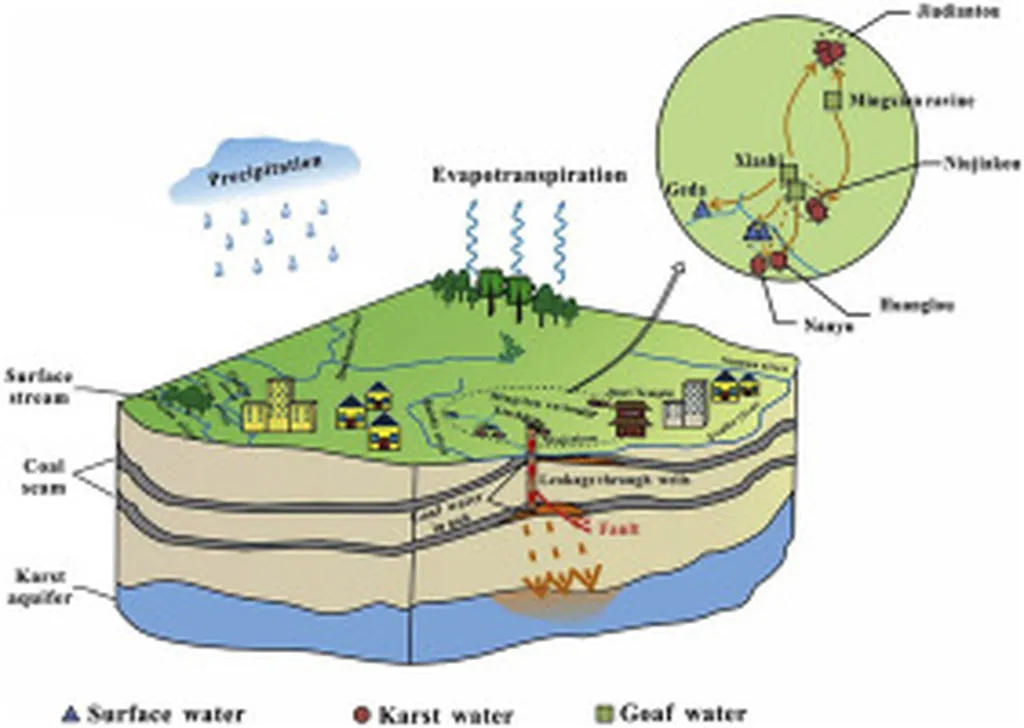In the heart of China’s Shanxi province, a groundbreaking study is shedding light on the hidden dangers lurking beneath the surface of coal mines, with significant implications for the energy sector. Dr. Zhang Jian, a researcher at the College of Water Resources Science and Engineering, Taiyuan University of Technology, has been delving into the permeability of shallow backfill materials in the Laohutai Coal Mine, aiming to mitigate potential water hazards that could jeopardize underground operations.
The study, published in the Journal of Mining Science (矿业科学学报), reveals that the shallow filling materials, primarily composed of shale mixed with slag, fly ash, and river sand, exhibit low strength, poor cohesion, and high brittleness. “When exposed to water, these materials rapidly degrade, posing significant risks to underground working faces,” Dr. Zhang explains. This degradation can lead to water inrushes, threatening both the safety of miners and the stability of mining operations.
To assess the permeability of these materials under natural conditions, Dr. Zhang and his team conducted a series of laboratory tests, numerical analyses, and combined connectivity tests using sodium chloride and atmospheric precipitation. The results were eye-opening. The average permeability coefficient of the filling materials was estimated to be around 5.8 meters per hour, a figure that aligns closely with tracer test and numerical analysis results.
The implications for the energy sector are profound. Understanding the permeability of backfill materials is crucial for designing effective water control measures and ensuring the safety of underground mining operations. As Dr. Zhang notes, “The composition and distribution of filling materials significantly influence their permeability. This knowledge can guide the development of more robust and water-resistant backfill materials, enhancing the safety and efficiency of coal mining.”
The study also highlights the importance of real-time monitoring. The timing of conductivity inflection points at five monitoring locations reflected variations in the groundwater circulation rate within the filling body. This insight could pave the way for advanced monitoring systems that predict and prevent water hazards before they occur.
As the energy sector continues to evolve, the need for innovative solutions to longstanding challenges becomes ever more pressing. Dr. Zhang’s research offers a promising path forward, one that could reshape the future of underground mining and contribute to the broader goal of enhancing safety and sustainability in the energy sector. With further research and development, the insights gained from this study could lead to breakthroughs that benefit not only the Laohutai Coal Mine but also mining operations worldwide.

